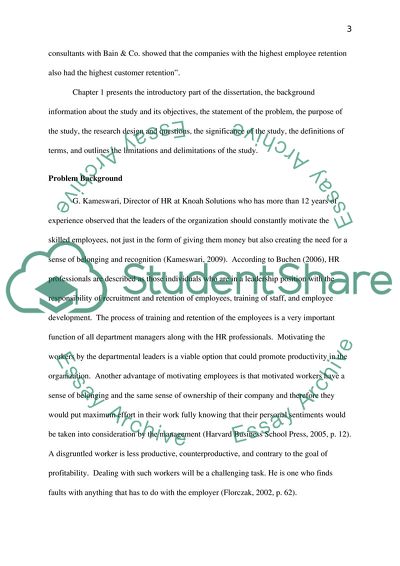Cite this document
(HR Services and Employee Satisfaction in the IT Qatari Industry Research Paper, n.d.)
HR Services and Employee Satisfaction in the IT Qatari Industry Research Paper. Retrieved from https://studentshare.org/human-resources/1732686-hr-proposal
HR Services and Employee Satisfaction in the IT Qatari Industry Research Paper. Retrieved from https://studentshare.org/human-resources/1732686-hr-proposal
(HR Services and Employee Satisfaction in the IT Qatari Industry Research Paper)
HR Services and Employee Satisfaction in the IT Qatari Industry Research Paper. https://studentshare.org/human-resources/1732686-hr-proposal.
HR Services and Employee Satisfaction in the IT Qatari Industry Research Paper. https://studentshare.org/human-resources/1732686-hr-proposal.
“HR Services and Employee Satisfaction in the IT Qatari Industry Research Paper”, n.d. https://studentshare.org/human-resources/1732686-hr-proposal.


